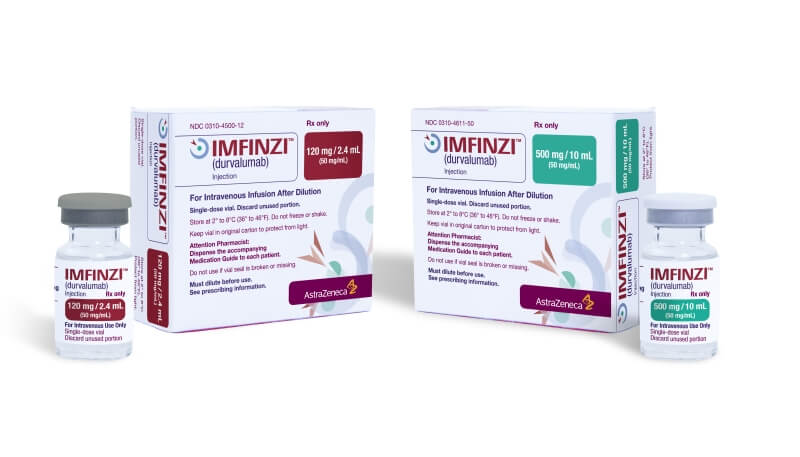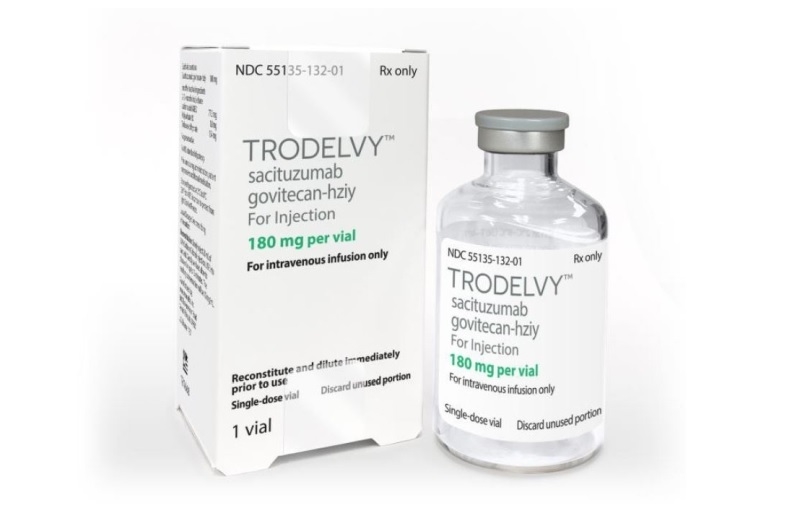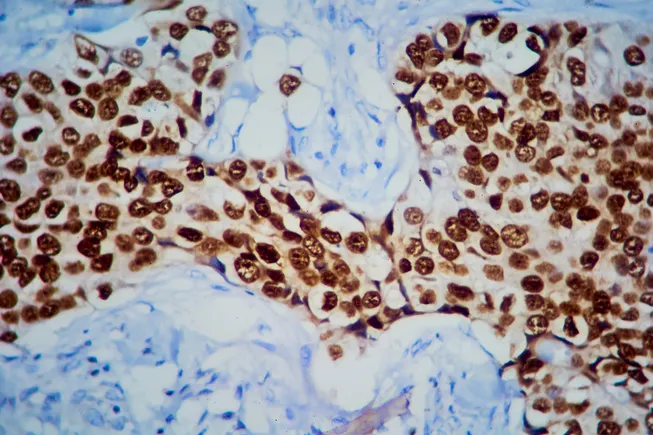Identification of a large anion channel required for digestive vacuole acidification and amino acid export in <i>Plasmodium falciparum</i>
by Gagandeep S. Saggu, Jinfeng Shao, Mansoor A. Siddiqui, Maria Traver, Tatiane Macedo-Silva, Joseph Brzostowski, Sanjay A. Desai Malaria parasites survive in human erythrocytes by importing and digesting hemoglobin within a specialized organelle, the digestive vacuole (DV). Although chloroquine and other antimalarials act within the DV, the routes used by drugs, ions, and amino acids to cross the DV membrane remain poorly understood. Here, we used single DV patch-clamp to identify a novel large conductance anion channel as the primary conductive pathway on this organelle in Plasmodium falciparum, the most virulent human pathogen. This Big Vacuolar Anion Channel (BVAC) is primarily open at the DV resting membrane potential and undergoes complex voltage-dependent gating. Ion substitution experiments implicate promiscuous anion flux with Cl− being the primary charged substrate under physiological conditions. Conductance and gating are unaffected by antimalarials targeting essential DV activities and are conserved on parasites with divergent drug susceptibility profiles, implicating an unexploited antimalarial target. A conditional knockdown strategy excluded links to PfCRT and PfMDR1, two drug-resistance transporters with poorly defined transport activities. We propose that BVAC functions to maintain electroneutrality during H+ uptake, allowing DV acidification and efficient hemoglobin digestion. The channel also facilitates amino acid salvage, providing essential building blocks for parasite growth. Direct transport measurements at the DV membrane provide foundational insights into vacuolar physiology, should help clarify antimalarial action and drug resistance, and will guide therapy development against the parasite’s metabolic powerhouse.
by Gagandeep S. Saggu, Jinfeng Shao, Mansoor A. Siddiqui, Maria Traver, Tatiane Macedo-Silva, Joseph Brzostowski, Sanjay A. Desai Malaria parasites survive in human erythrocytes by importing and digesting hemoglobin within a specialized organelle, the digestive vacuole (DV). Although chloroquine and other antimalarials act within the DV, the routes used by drugs, ions, and amino acids to cross the DV membrane remain poorly understood. Here, we used single DV patch-clamp to identify a novel large conductance anion channel as the primary conductive pathway on this organelle in Plasmodium falciparum, the most virulent human pathogen. This Big Vacuolar Anion Channel (BVAC) is primarily open at the DV resting membrane potential and undergoes complex voltage-dependent gating. Ion substitution experiments implicate promiscuous anion flux with Cl− being the primary charged substrate under physiological conditions. Conductance and gating are unaffected by antimalarials targeting essential DV activities and are conserved on parasites with divergent drug susceptibility profiles, implicating an unexploited antimalarial target. A conditional knockdown strategy excluded links to PfCRT and PfMDR1, two drug-resistance transporters with poorly defined transport activities. We propose that BVAC functions to maintain electroneutrality during H+ uptake, allowing DV acidification and efficient hemoglobin digestion. The channel also facilitates amino acid salvage, providing essential building blocks for parasite growth. Direct transport measurements at the DV membrane provide foundational insights into vacuolar physiology, should help clarify antimalarial action and drug resistance, and will guide therapy development against the parasite’s metabolic powerhouse.












































































































































